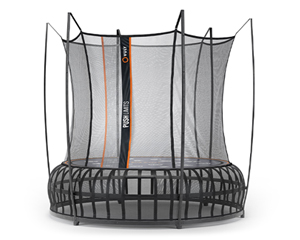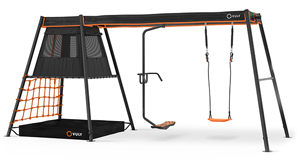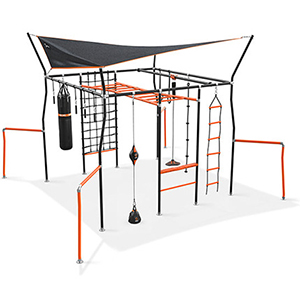
The monkey bars are more challenging than they look. As kids, we would easily swing from rung to rung without a second thought. However, as we get older and heavier, the monkey bars become a challenge. They require some technique and preparation for the average person, and shouldn't be dismissed as just another kids toy.
Are you ready for the monkey bars?
One of the most vulnerable parts of the body in general is the shoulder joint. This is because it's the only ball and socket joint in the body and has the most range of motion and flexibility. This also makes it a weakness because of how shallow this joint is - if it doesn't have the right support from the rotator cuff muscles, it can easily move beyond it's normal range, causing injury.
Generally, as we get older, muscles that we don't use slowly atrophy and become weak. And so if you're someone that hasn't done any significant amount of hanging in the past, then this is where you should start to avoid injury.
Preparation for Doing the Monkey Bars
The first thing you need to be able to do before attempting the monkey bars is to hang for an extended period of time. Your goal is to hit 30 seconds without falling off. If you can't comfortably hang at all then there are some modifications you can make.
If it's an issue of shoulder strength you can either support yourself with your feet by pushing off the ground, or you can use a resistance band to reduce the amount of pressure on the shoulders. Generally, lighter athletes will have an easier time with this, regardless of strength.
Sometimes grip strength is the limiting factor. In this case, you can try to use chalk, or improve grip strength using hand grip exercises.
Active Vs Passive Hang
There's one really important factor to consider when hanging - and that's the difference between active and passive hanging. Knowing the difference can prevent injury.
Passive hang is where you completely relax in the hang, lengthening your body to the point where it's hanging mostly by the structural integrity of the shoulders - the ligaments and the joint itself.
Active hang is when you engage the muscles in your back including the rhomboids and traps, and involve the deltoids and the lats to a limited extent. The main movement here is called 'scapula retraction', and it's the result of squeezing the shoulder blades together. By engaging the muscles in this way, there's less stress on the ligaments and shoulder joint in general, and therefore the chance of injury is reduced.
One Arm Hangs
When doing the monkey bars you will inevitably need to release 1 hand to make progress. This will put a lot of pressure on one arm - specifically on the shoulder joint. It's important to get used to this and strengthen the shoulder joints so that they can take this additional pressure.
The best way to do this is by practicing one arm hangs. This exercise will allow the shoulder to experience additional pressure in a safe environment without swinging. One arm hangs should be performed for 10 seconds at a time. If they are initially too difficult it's possible to provide some support with a resistance band or towel in the off hand.
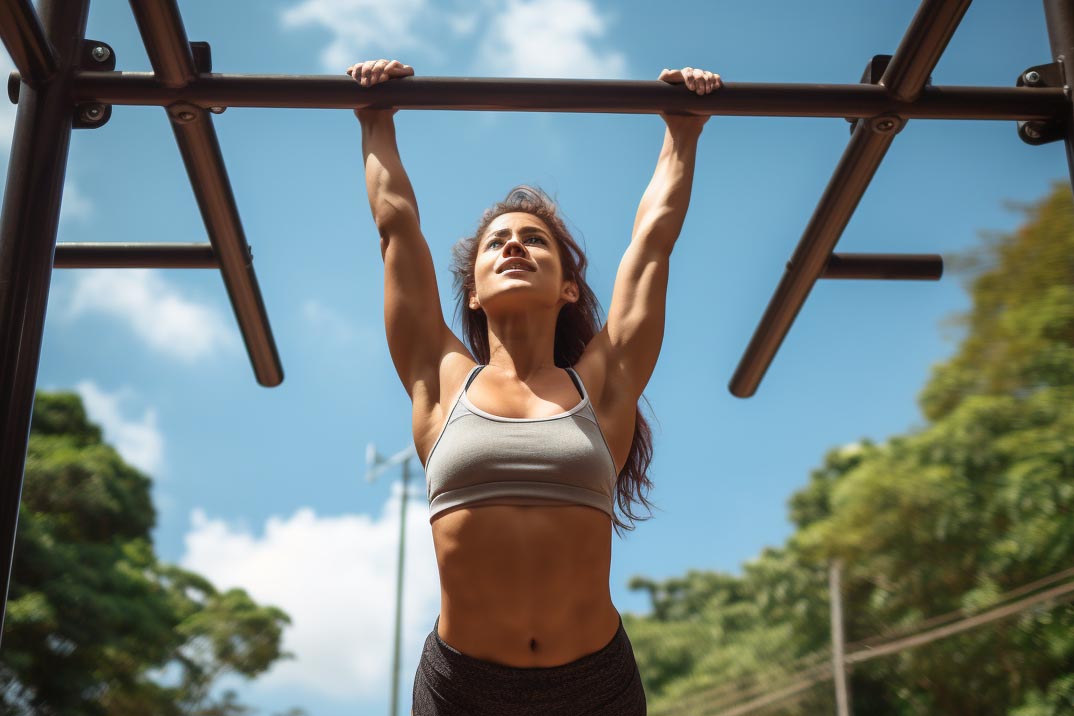
Learning To Swing On The Monkey Bars
The next step is learning to swing. This is the most challenging part of doing the monkey bars. If you notice the way monkey bars are designed, the first rung is in front of the standing platform. This is done on purpose so that when you grab onto the first rung and release your feet you continue to swing.
It's important to embrace the swing rather than try to stop it. During each pendulum-like swing there is a split second where you reach the peak of the swing and experience no upward or downward momentum - this is your cue to release one of your hands and grab the next rung.
Once you get to the end you will have completed the monkey bars, congratulations!
Things to Note When Doing the Monkey Bars
Grip - when doing the monkey bars there are several different grips you can use. The one's that's recommended is called overgrip. In this grip, the fingers face forward with the thumb looping over the bar. This is a better and more secure grip and will prevent you from slipping off the monkey bars.
Timing - each swing should be timed perfectly with the release of your offhand. If you release too late or too early you will disrupt the swing and put unnecessary pressure on your shoulders. Perfect timing allows for a safer, more efficient swing that gets you to the finish line faster.
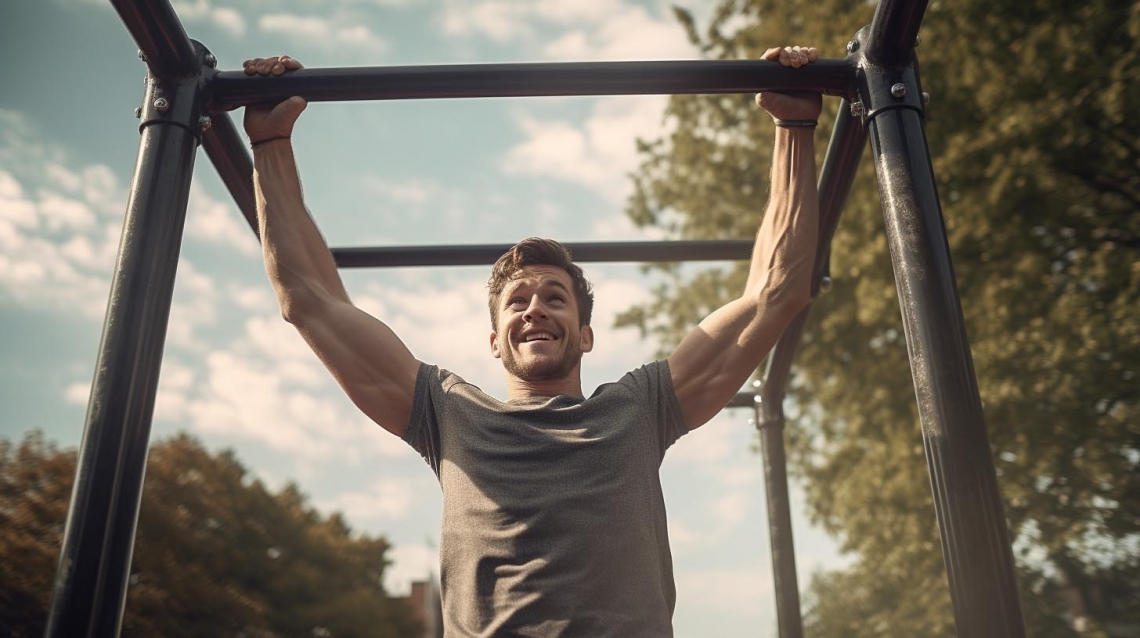
Making the Monkey Bars More Challenging
Skipping rungs - for more advanced athletes, skipping rungs can be a fun way to mix up the monkey bars. This is more challenging and requires a bigger swing and better timing. It's a faster way to get to the finish line and definitely looks more impressive!
Keeping the legs glued together - this removes most of the momentum generated from the legs and makes timing much more important. Keeping the legs together is challenging because the natural instinct is to swing the legs to generate momentum. But in this variation, athletes intentionally lock their legs together to isolate the upper body.
















































